Words + interview by Catinca Negut
Meet Art’s emerging ‘Mother Monster’: Naomi Gilon
Naomi is the ascending Belgian creative bringing glossy horror inflections of mythological dynamics to the worlds of art and fashion. Rewriting the canons of ceramics through her signature monster claws, the young artist evokes a gore-like fascination over remodeled bland objects like bags, candlesticks, and flower pots. From virally having Julia Fox in a literal chokehold at last year’s Oscars afterparty, to procreating her fragile devils from wearable leather; Naomi has collaborated with Han Kjøbenhavn and Marc Jacobs into blurring the lines between fashion and design, democratizing art. With a sociological approach to the genre of horror, the by-products of Naomi’s universe scrutinize human perception and subject use.
Discover more about the multidisciplinary artist’s universe, guilty pleasures, and ritualistic influences, in an exclusive interview with 33 Magazine.
IN CONVERSATION WITH NAOMI GILON
I would like to start by getting to know you better. What does a day in your life look like? Are there any unusual habits in your routine that have become unconscious standard practices?
I start the day by serving breakfast to my cat Alaska and my rabbit Auguste. Then I get ready to go to my studio, which is a 10-minute walk from my apartment. I start by drinking a coffee while organizing my working day. Some days are devoted to making new pieces, others to coloring or administration. I also give ceramic classes twice a week in the evening. So, in summary, a lot of work. But I need to be active and productive. I like to go home tired from my day and at the same time satisfied to have made things happen.

What do you eat, watch, or read when you want to enjoy yourself to the fullest, which are some of your guilty pleasures?
If you invite me to eat, I’m a vegetarian. I love Italian food and red wine (1st guilty pleasure). I’m also a big pastry lover. I can’t resist it.
I love cinema as well, especially dark SF and psychological thrillers; Oxygène by Alexandre Aja, Suspiria by Dario Argento, Soleil Vert by Richard Fleischer, Donnie Darko by Richard Kelly, Dune and Twin Peaks by David Lynch, Blade Runner by Ridley Scott, Dark City by Alex Proyas, etc.
I also read a lot, especially SF and sociology or historical essays directly related to my world of work.
I’m not a great athlete but I really like hiking. It’s a good way to observe nature, to blend into the landscape.
And I have a weakness for shoes too. I don’t have enough feet to carry everything I would like to wear.
Let’s dive into your creative journey. Car tuning was one of the first mediums you experimented with as an artist. Which was the catalyst of your interest in this sphere? Are you still experimenting with this area of expression?
I started my approach by taking an interest in car tuning; I went to garages or car breakers to collect spare body parts. Then I made installations of it by adding synthetic fur. These industrial pieces took on an anthropomorphic dimension.

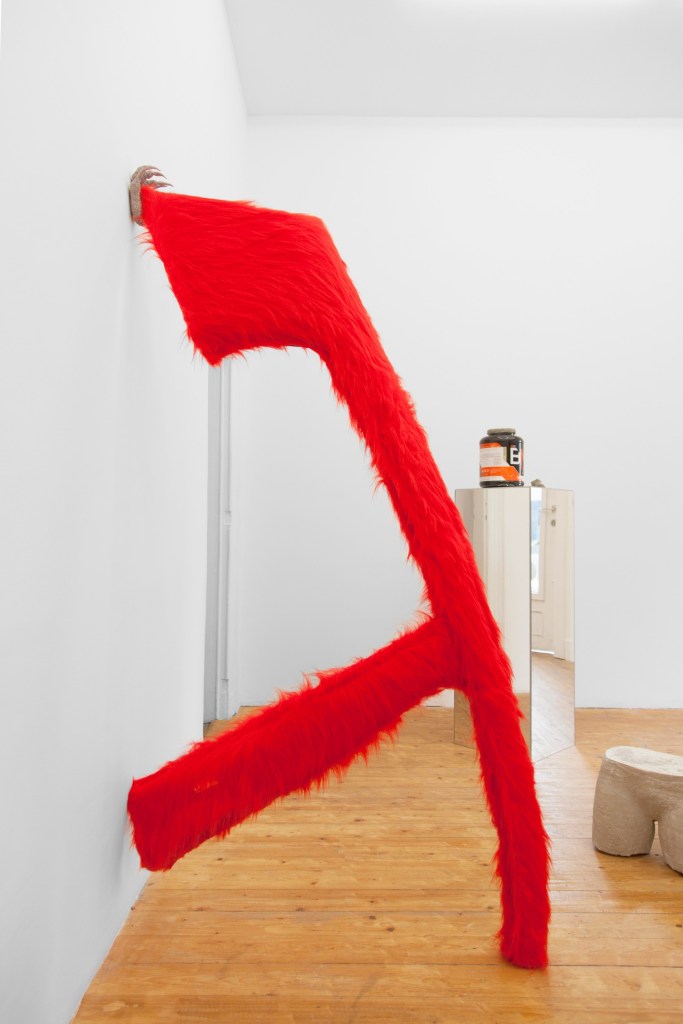
What also attracted me to tuning is the object personification principle; the ability to make it unique, and personal in its image. This research founded my artistic work.
Subsequently, I extended my field of vision by questioning popular culture in a general way through sociology.
Now we can include all the imagery of bestiaries, gore culture, SF cinema, manga, and fashion in my sphere of inspiration.
I try to put the image of the chimera in parallel with our current society; what face does it have?
So yes, I never stop feeding my imagination, and all the things that appeal to me merge into my ceramics.

SF is one of the pop-culture elements in which you find inspiration for your work. How does the extension of your signature claws look, and what does this fictional character feel? What are the purpose and psychological traits of this imaginary figure?
One way to sum up SF, for me, is that it’s a self-criticism of our societies.
As in SF, my sculptures are born to propose a “new frontier” for people; beyond past and present. The SF narrative was developed as a “thought experiment” logically extrapolating the consequences of possible innovations. Moreover, it’s a reflection of the social representations of an era; that’s why I love history so much. SF has the ability to contribute to the invention of these representations, but also to modify them. My approach is similar and it takes the form of monstrous hands obsessively recurring in my works.
The monster is the Being who is pointed out, disturbs a pre-existing harmony, and often opposes a hero. I prefer to keep its exotic dimension. Like a unique creation of nature, which arouses curiosities and underlines the singularity of Being. I don’t put any ID on these hands. This allows my monsters to take the shape imagined by the person looking at them. Just like Janus, they are many faces.

I have recently purchased one of your claws at the ‘Hard Skin’ exhibition and noticed parts of small intended deformities in the clay and glossy finish, on the back of the hand. How is the rationale of viewing your sculptures as intangible experiences impacting your process of molding ceramics and which meaning do you attribute to apparent ‘flaws’?
All my ceramics are made by hand, by modeling, so without a mould. The reason is that I attach great importance to ensuring that my sculptures are unique each time and that I can breathe particular energy into each of them. A bit like children. The defects are assumed because they are the marks of work. Clues to the creative process. Then it should be noted that non-industrial ceramics is not an exact science and there are many constraints to take into account when designing a part. We often have surprises when we thought we had the result under control. And it’s all part of the job.
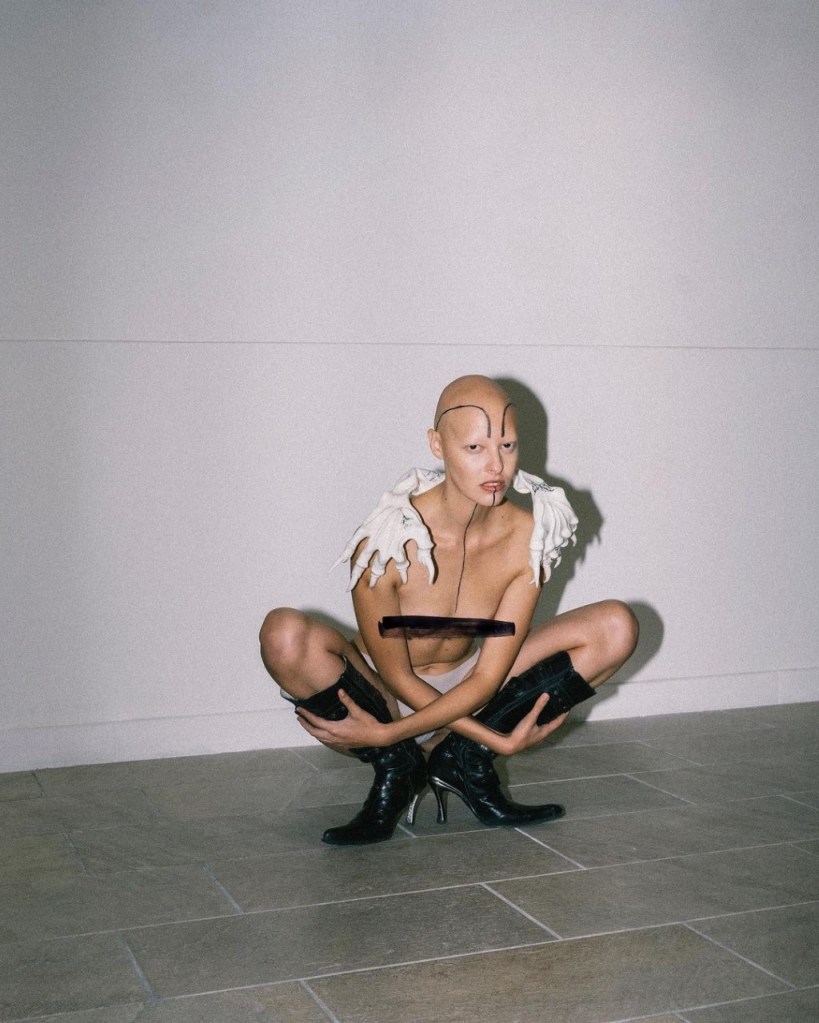
You have previously stated that your works might often leave you with the impression of ‘becoming a monster’. How significant is self-reflection in your creative process, and how are the artworks reflecting back on yourself? To which extent should this energy exchange coexist with depersonalization?
I assume the fact that my art is self-therapy. I can expiate my feelings when I create. I believe the artist needs to tap into him. That’s what constitutes its uniqueness. But it’s important to keep critical thinking open to others. I suggest things. We must have a dialogue with the viewer in order to create mutual enrichment. Monologues are generally not interesting. But the complete depersonalization of the work is not a good thing, you have to find a favored medium.
How do you perceive the idea of horror as an anthropological insight into psychological reactions?
Horror seeks to instill anguish, dread, or even discomfort into people. I think it’s a feeling that destabilizes the Human. Being scared brings back an intrinsic characteristic, the instinct for survival. Moreover, horror cinema offers us one of the rare experiences of death that we can undergo and repeat while surviving it. Fear is linked to the existence of a real object, we feel it when we face danger. My works seek to rather reveal the feeling of anxiety linked to our society. Anxiety is an emotion close to fear but which appears in the absence of danger existing in reality. That’s the symptom of our century and I find it interesting to play with.
Which are the main artists or visual references that have inspired you in the past but also in the present?
My little list: Tim HØibjerg, Fabian Bergmark Näsman, Genesis Belanger, Roxanne Jackson, Hannah Levy, Jérôme Bosch.
You had some notable collaborations in the world of fashion. If you were given the chance to work with any name in the art and/or fashion world, from the present or from the past, whom would you choose and how would you envision the project?
I greatly admire Schiaparelli, but a collaboration would certainly not be as rewarding as with a slightly more different universe, which contrasts with mine. I would very much like to have the opportunity to work with Jean Paul Gaultier because his dynamic is very pop and questions popular culture. Creating hybrid pieces, unique, iconic things, that’s what I’m looking for. I need my projects to be combined with different visions in order to move them forward.
I do not master all of the textiles knowledge for example. But I really like to think about the correctness of the associations between ceramics and fabric; porcelain is particularly interesting for example. I know that I’m more effective when working on 3D projects, directly interacting with the body. Always between the accessory and the work of art, playing with the codes of each universe by provoking reflection, that’s what I want.
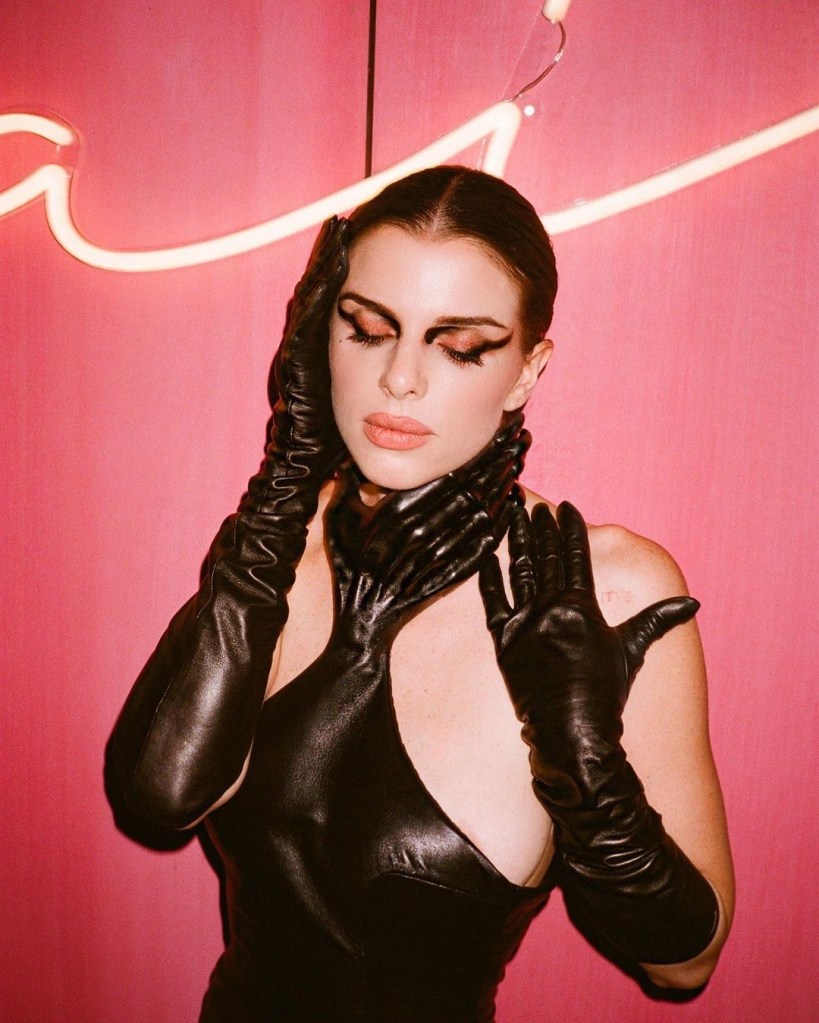
Can you give us any previews of what can we expect from you this year?
At the beginning of June, I released a new project called “Self Defense” with revisited pieces and research with new materials. It is a personal project inspired by the image of women in the Middle Ages, merged with a dark SF atmosphere.
I am also working with the Belgian clothing brand Léo Official, a project that is also to discover in June. See more about the showroom in Paris HERE !
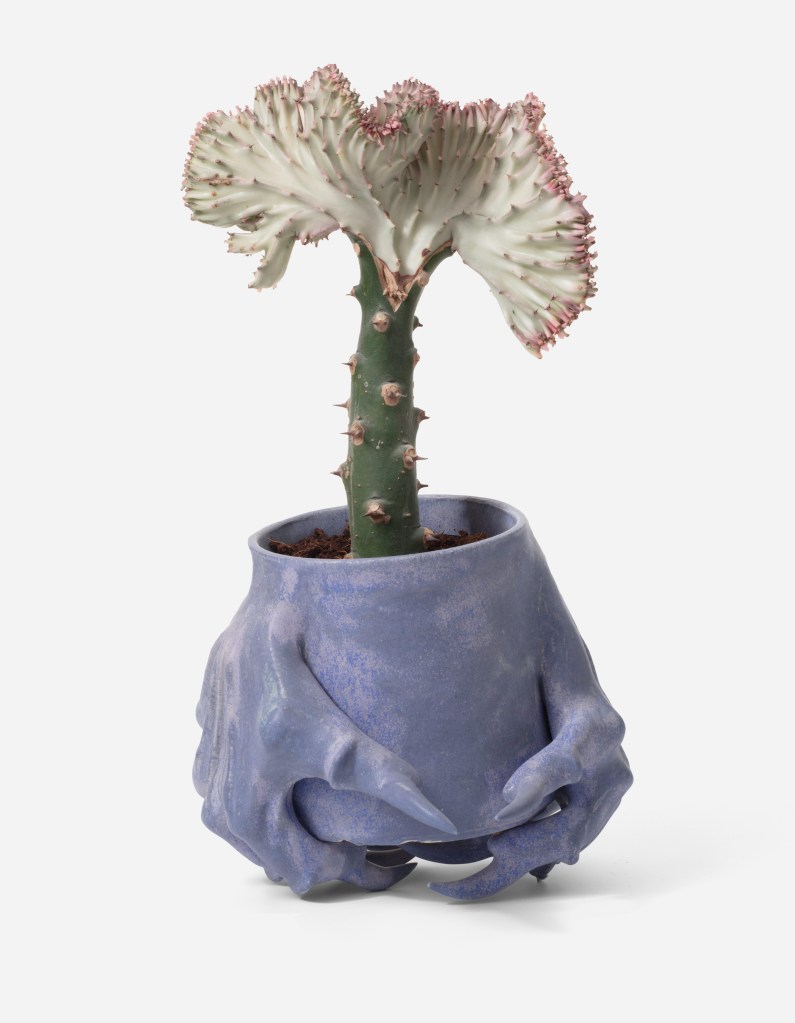
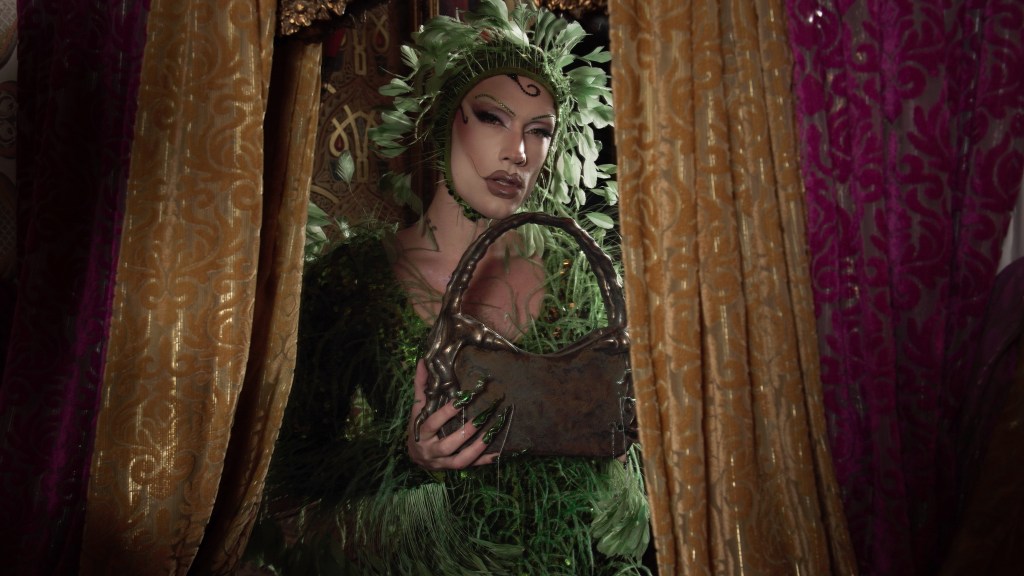
Follow Naomi Gilon HERE


